27 December 1778 Sunday
. . . . . .
27 December 1812 Sunday
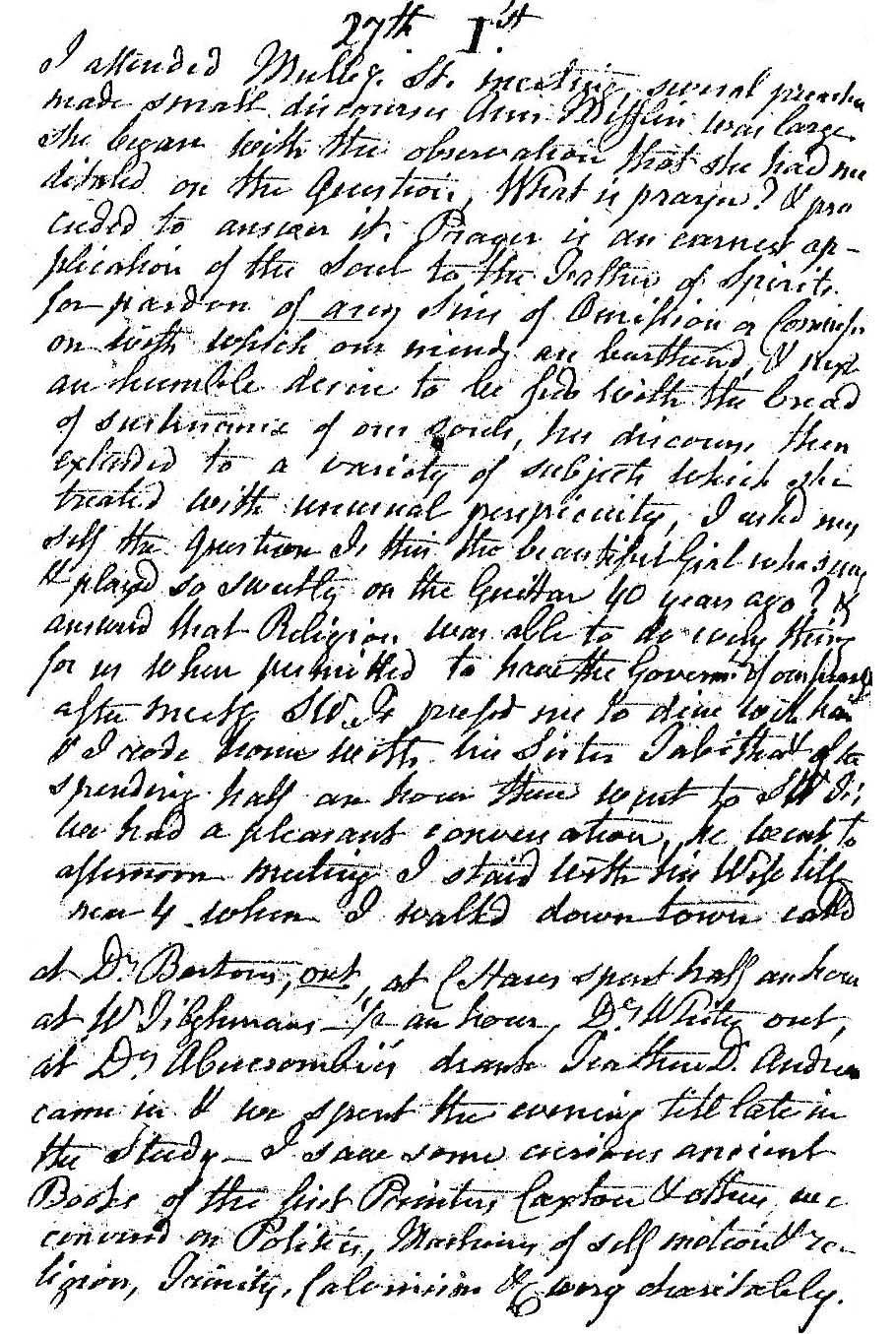
I attended Mulberry Street Meeting, several preachers[?] made small discourses, Ann Mifflin's was large. She began with the observation that she had meditated on the question, What is prayer? and proceeded to answer it. Prayer is an earnest application of the soul to the father of spirits for pardon of any sins of ........ or C.......... on with which our minds are hardened and .... an humble desire to be fed with the bread of sustainance of our souls. Her discourse then extended to a variety of subjects which she treated with unusual perspicacity. I asked myself the question, Is this the beautiful girl who sang and played so sweetly on the guitar 40 years ago? and answered that religion was able to d...... things for us were permitted to have the government of our ....... After meeting SW Jr. pressed me to dine with him and I rode home with his sister Tabitha and after spending half an hour there went to SW Jr. We had a pleasant conversation, he went to afternoon meeting, I stayed with his wife till near 4 when I walked downtown. Called at Dr. Barton's, out, at C. Hares spent half an hour, at W. Tilghmans--1/2 an hour, Dr. White, out, at Dr. Abercrombie's drank tea there. D. Andrews came in and we spent the evening till late in the study--I saw some ancient books of the first printer Caxton[?]. We conversed on politics, machines of self motion, religion, trinity, Calvinism, etc. very charitably.
27 December 2002
Foul Perfection
D. Diederichsen's review of Mike Kelley's (forthcoming) Foul Perfection in Artforum January 2003 contains a poignant Kelley quotation:
Official art culture is much more effective in its control of history than Republican strategists, for it knows that the best way to treat contradictory material is not to rail against it, but simply to pretend it didn't happen.
I like this quotation because it provides a clear indication of what real/true history comprises.
Diederichsen's review overall hinges on the polemics(?) of an artist being both inside and outside the art (history) realm. It is worth noting, however, that this same condition is expertly addressed within the first chapter of Huizinga's Homo Ludens: A Study of the Play Element in Culture, specifically where Huizinga addresses the role of the "spoil sport" within play. For example,
"The player who trespasses against the rules or ignores them is a "spoil-sport". The spoil-sport is not the same as the false player, the cheat; for the latter pretends to be playing the game and, on the face of it, still acknowledges the magic circle. It is curious to note how much more lenient society is to the cheat than to the spoil-sport. This is because the spoil-sport shatters the play-world itself. By withdrawing from the game he reveals the relativity and fragility of the play-world in which he had temporarily shut himself with others. He robs play of its illusion - a pregnant word which means literally "in-play" (from inlusio, illudere or inludere). Therefore he must be cast out, for he threatens the existence of the play-community. . . . In the world of high seriousness, too, the cheat and the hypocrite have always had an easier time of it than the spoil-sport, here called apostates, heretics, innovators, prophets, conscientious objectors, etc. It sometimes happens, however, that the spoil-sports in their turn make a new community with rules of its own. The outlaw, the revolutionary, the cabbalist or member of a secret society, indeed heretics of all kinds are of a highly associative if not sociable disposition, and a certain element of play is prominent in all their doings."
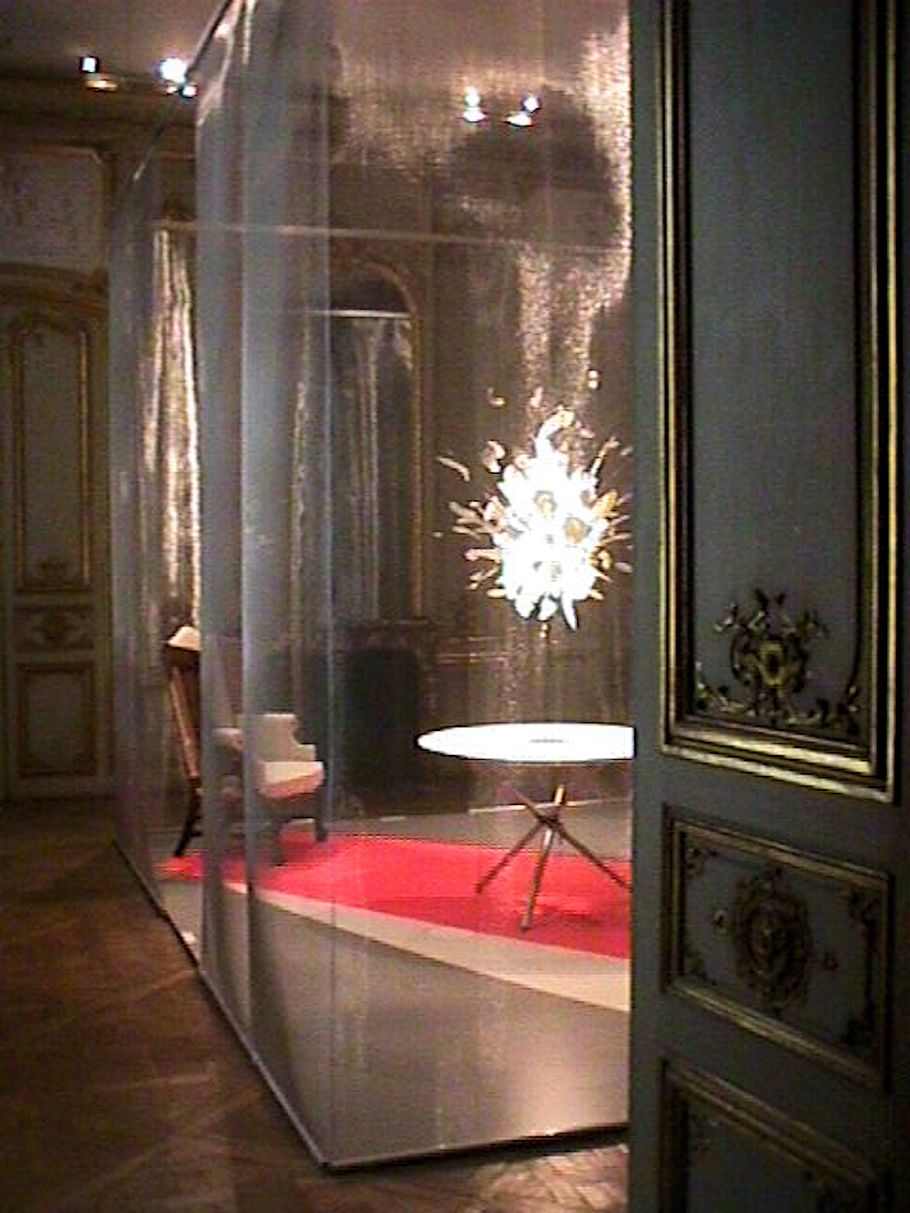
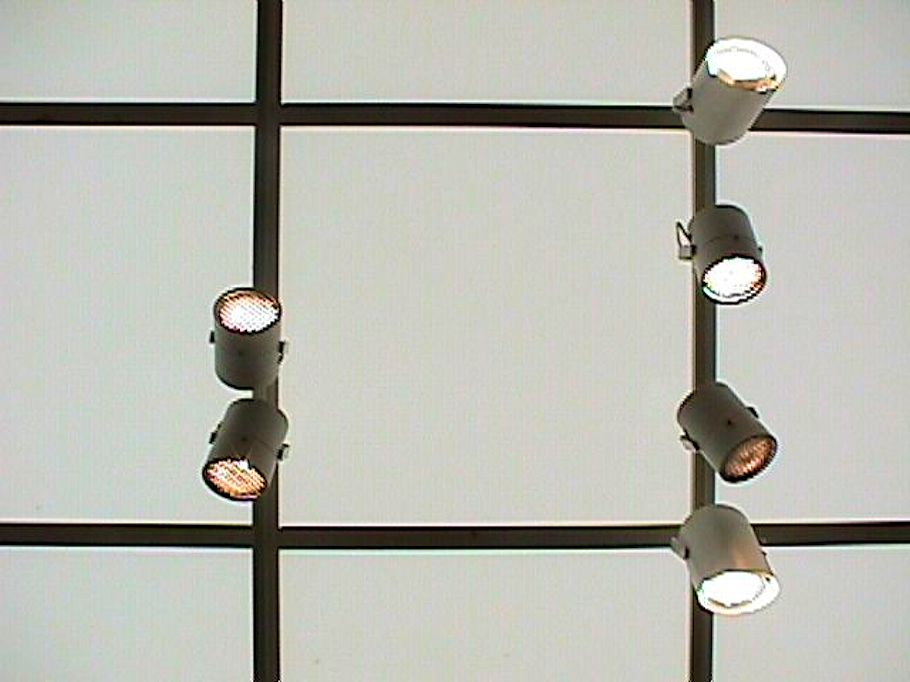
27 December 2011
What is Architecture nowadays?
Modern Post [and Beam]
[Ph]D Construction
Envelope of the Politics
Mini-Meism
"Brother have you got a dime-a-dozen?"
not want, not waste, thinking wishful
Theory is death backwards.
27 December 2012
27 December
I was wrong to not superimpose the circus of the Sessorian district over the Ludus Florae.
Finished watching Visconti's L'Innocente Tuesday night, and watched von Trier's Melancholia last night--strange to see two movies but only hear one soundtrack.
Strange too was that dream last night--ancient Egyptian graffiti portending Johnson's rescue of Mies while also manifesting factual evidence that Akhenaten and Quondam are the same thing leading then to a critical confrontation at the bench tree of the cow pasture high point.
27 December 2019
Discovery of the existence of two different versions of Piranesi's 'Pianta dell antico Foro Romano' within Le Antichitŕ Romane Vol. 1 occurred around twenty past eight on the evening of 27 December 2019.
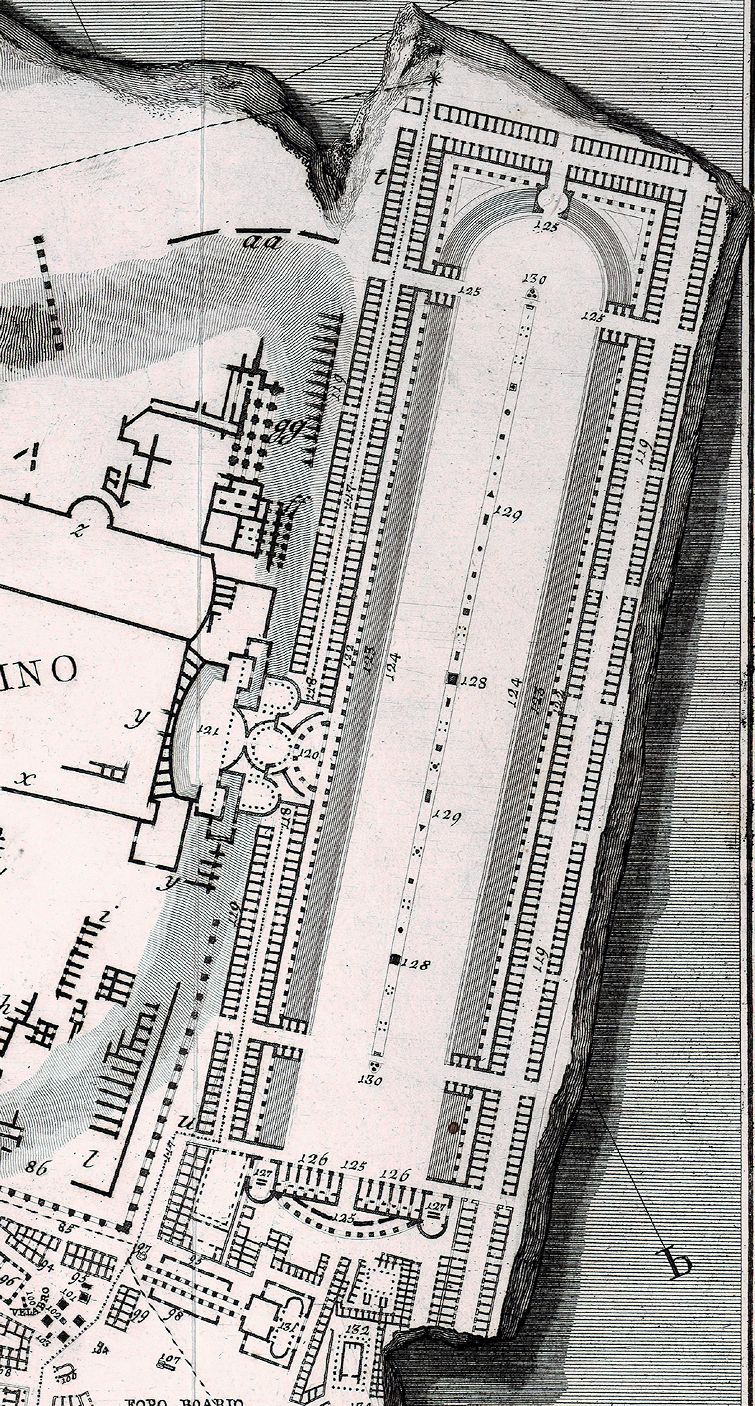 
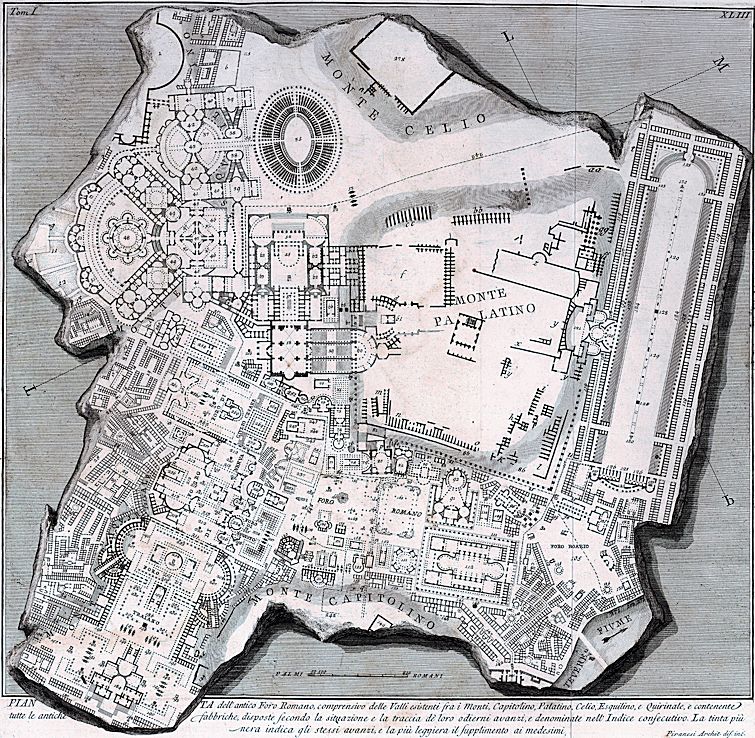 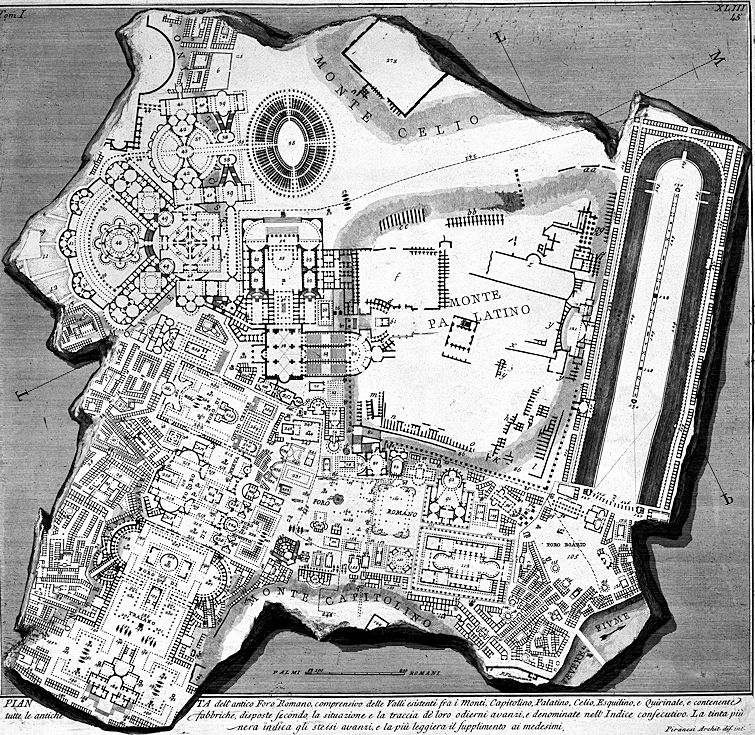
This is the second time a heretofore unknown second state printing of a Giovanni Battista Piranesi work has been declared by Quondam. That the changes made to the Circus Maximus within the Pianta dell antico Foro Romano are virtually identical to the changes made to all the circuses within the two Ichnographia Campus Martius is obviously not mere coincidence. No doubt speculation and investigation now commences. Indeed, there is already circumstantial evidence pointing to Francesco Piranesi's possible involvement.
27 December 2022 Tuesday
"Even when his mission was only to inspect, the pope's visits showed his determination to encourage and monitor the pulse of Rome's artistic industry. His visit to the bronze-founder Francesco Righetti in October 1782 is a case in point, Having recently named Righetti to his private Guardia del Corpo, Pius [VI] scrutinized numerous reductions of famous sculptures for foreign clients (including Duquesnoy's St. Susanna) destined for Holland. After inspecting more statuettes in the sculptor's inner workroom, the pope allowed the entire staff to kiss his foot and declared his happiness "at seeing the fine arts flower again in his realm, at exactly the time of his glorious pontificate." Pius proceeded next to the "Studio e Museo" of Francesco Piranesi, where he satisfied his "noble genius" by observing not just precious antiquities but the ample volumes of new engravings that would soon see the light. Pius continued this pattern throughout his reign."
Jeffrey Collins, Papacy and Politics in Eighteenth-Century Rome: Pius VI and the Arts (2004), p. 72
When Pius visited the Studio e Museo, Francesco was 24 years old. Francesco was 25 years old when Pius VI gave Gustav III a tour of the newly opened Museo Pio-Clementino. And, 28 February 1785, when Bénigne Gagneraux and Francesco presented the newly finished painting, The Meeting of the King Gustav III of Sweden and the Pope Pius VI at the Museo Pio-Clementino in Rome on 1 January 1784, to Pius VI, Francesco was three weeks shy of his 26th birthday.
26 March 1785, Pius VI ordered his own autographed copy of The Meeting of the King Gustav III of Sweden and the Pope Pius VI at the Museo Pio-Clementino in Rome on 1 January 1784, which is now in Prague.
The pontificate of Pius VI, 15 February 1775 to August 1799, matches almost exactly Francesco Piranesi's career in Rome.
|